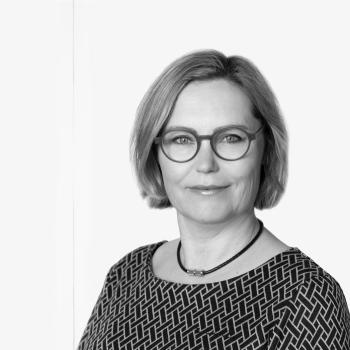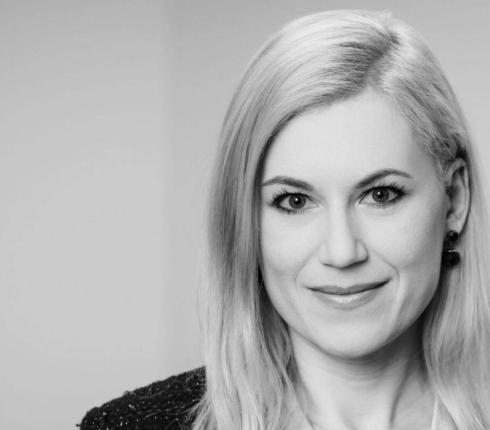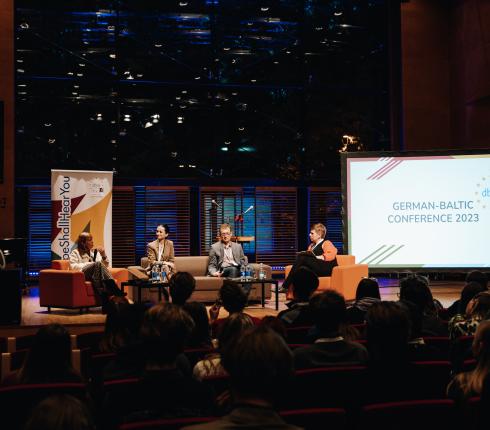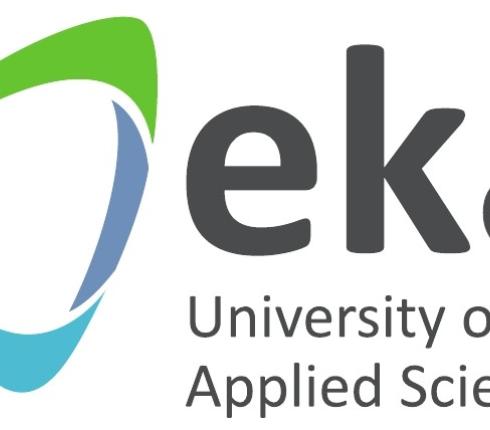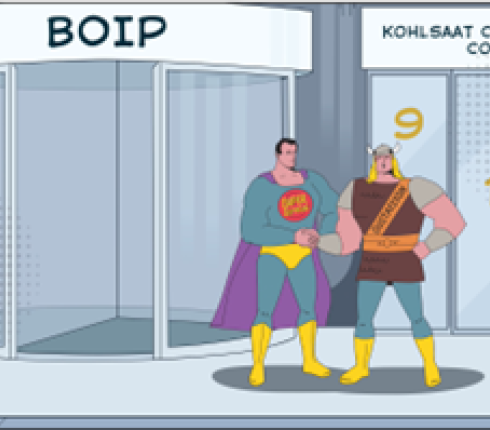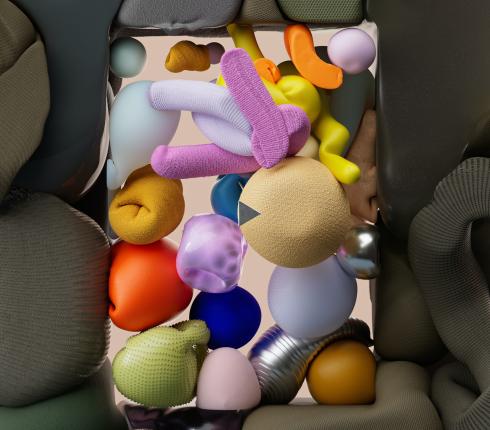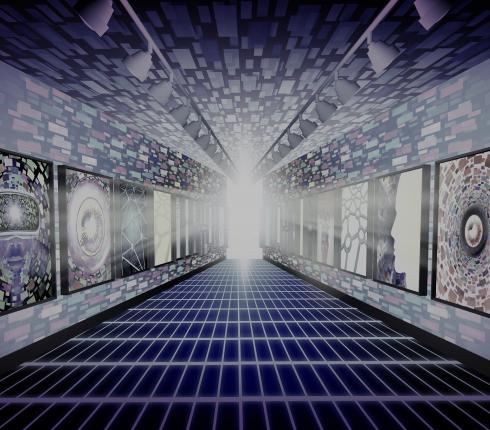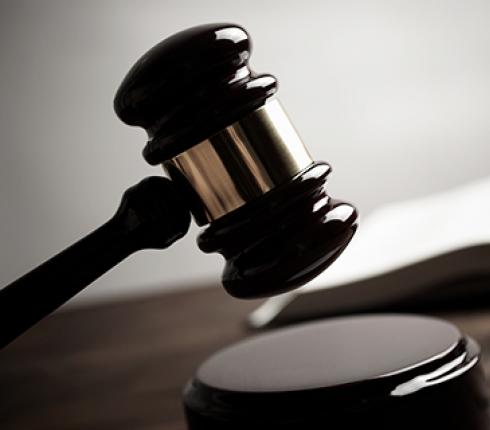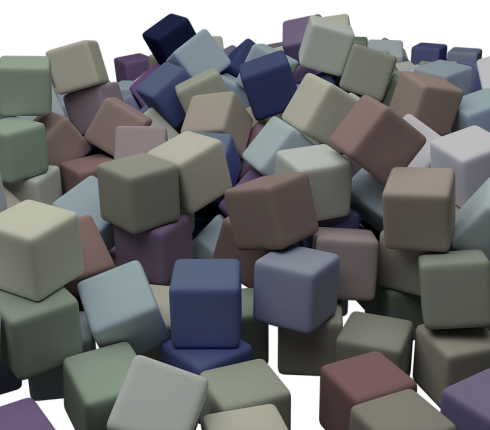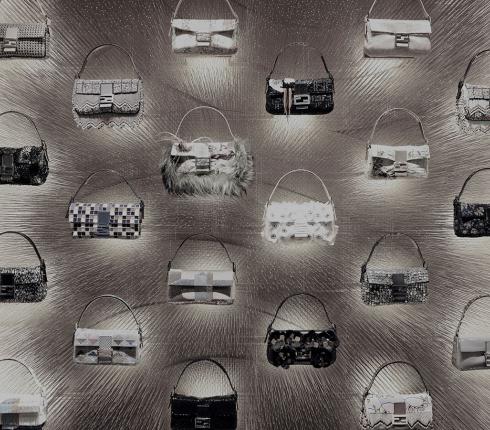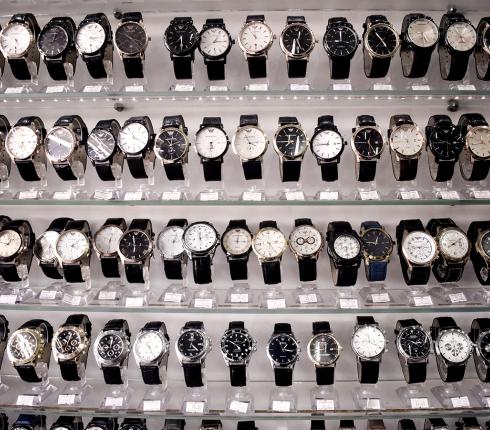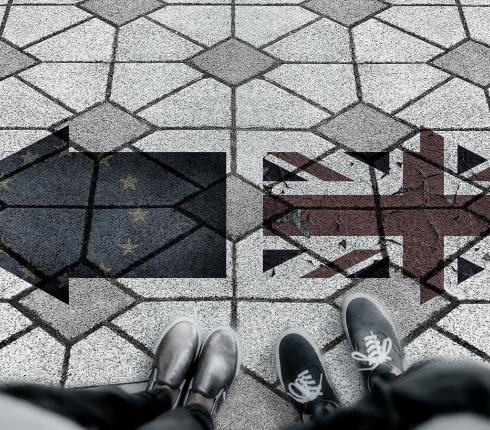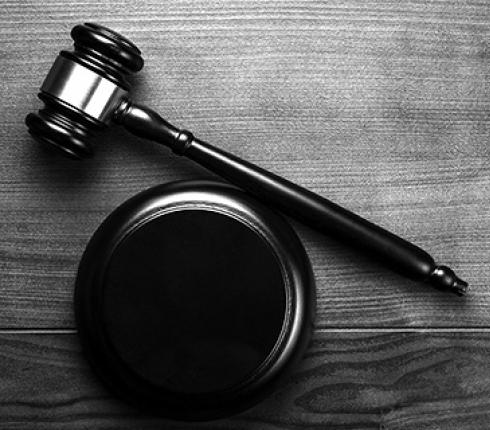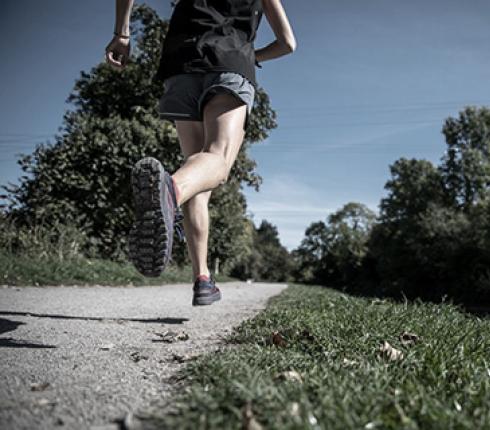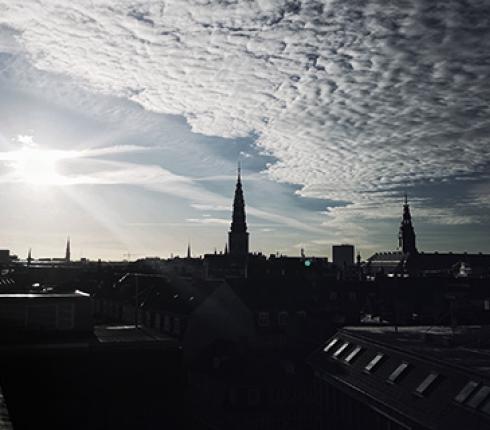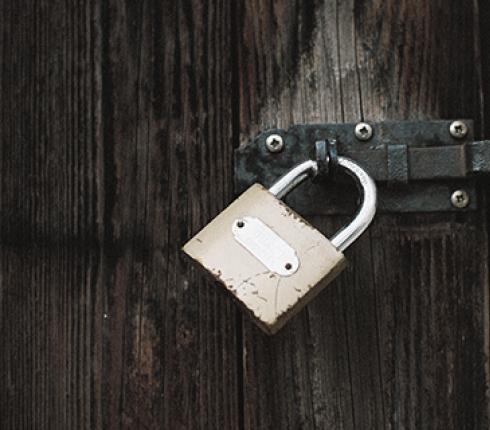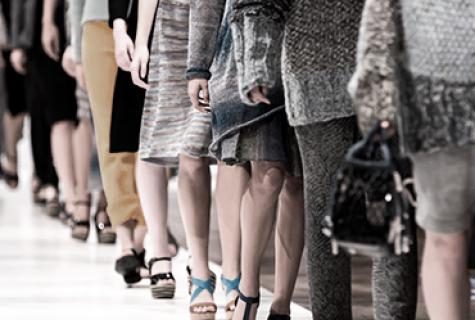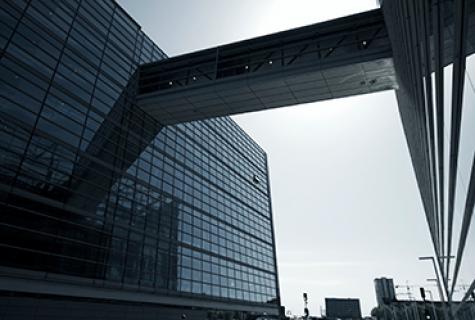NJORD Estonia: Freedom of panorama – a freedom that we lack
We are lacking a freedom in Estonia, a freedom that many don’t even know we don’t have. We are talking about the freedom of panorama, which allows to capture, create and publish pictures of permanent and public buildings, sculptures or other artworks, without violating any copyright laws that may apply to those pieces.
The freedom of panorama restricts the right of a rightholder to implement copyright measures on the photographer or any other person, who may distribute the photo. It’s an exception to the rule that states that the rightholder has the sole right to give permission to create and distribute derivative works and ask royalties for it.
The topic of freedom of panorama has been thoroughly investigated by MTÜ Wikimedia Estonia, which actively promoted the freedom of panorama in Estonia between 2014 and 2017, by requesting an amendment to the relevant article of the Copyright Act. Despite the efforts, Estonia has not yet established freedom of panorama. Wikimedia has been actively discussing the topic of the media, and this article is largely based on sources published by them.
Since nowadays photographic equipment is so easy to use and social media has made sharing pictures so common, people take photos in public places regularly and distribute them via the Internet using social media sites and apps like Facebook, Instagram, Twitter etc. A big part of social media is commercial, and most sites’ terms and conditions stipulate that the site can use the photos for commercial purposes without the member’s consent. If social media platforms use the images in advertising, then we are dealing with direct commercial advantage, which the uploader of the image is responsible for. In reality, these kinds of situations are very complicated, because the person who wishes to take a picture of a certain building or a sculpture on the street and upload it to social media, must first make sure whether the object is protected by copyright. Which means that when it comes to a building, one must first find out who the architect is and whether the person is still alive, because if the author is deceased, one must find the legal successor and require the necessary permission. As a common rule, copyright is valid throughout the author’s lifetime and 70 years after their death.
In the context of freedom of panorama, the main creations that fall under copyright are different buildings and other structures, including bridges and other functional structures, where the creative side of the author might not reveal itself so easily, but that still requires the permission of the author according to the applicable regulation.
One of the most well-known examples is the André Waterkeyn’s Atomium structure in Brussels, that is often blacked out in photos. It is also prohibited to distribute photos of the European Parliament buildings without the architect’s consent. Luckily the Eiffel Tower in Paris is old enough not to be considered under copyright, so you can freely take pictures of it during the day and use them anywhere you like. However, the light solutions that illuminate the tower at night are still protected by copyright laws.
We also have examples of this in Estonia: you can take pictures of the main building of Tartu University, but once it’s decorated for Christmas, the artfully placed Christmas light display is copyrighted, and images taken of it may only be used for non-commercial purposes.
Other copyrighted structures in Tartu include the Tigutorn and the Science Centre AHHAA, as well as all the bridges that lead across the Emajõgi, which were built after World War II. One way to use pictures that include such structures is to black them out.
European Union member countries have been given the opportunity to include a clause in their copyright laws which would limit the scope of the copyright law and would allow to publish photos made in public spaces or of public views. Regardless, in Estonian law that opportunity is interpreted differently than recommended, which raises the question of whether it’s necessary to amend the Copyright Act in Estonia. It is possible to amend a law through a democratic process.
People who are affected by the freedom of panorama most likely believe that it exists in Estonia or don’t even know or think about it. However, not knowing the law doesn’t relieve anyone of the liability and when caught violating the Copyright Act, the offender can be held accountable by law, since the Criminal Code says that distributing a picture with copyrighted objects in them can be classified as a theft of authorship and can result in a monetary fine or up to three years of imprisonment.
